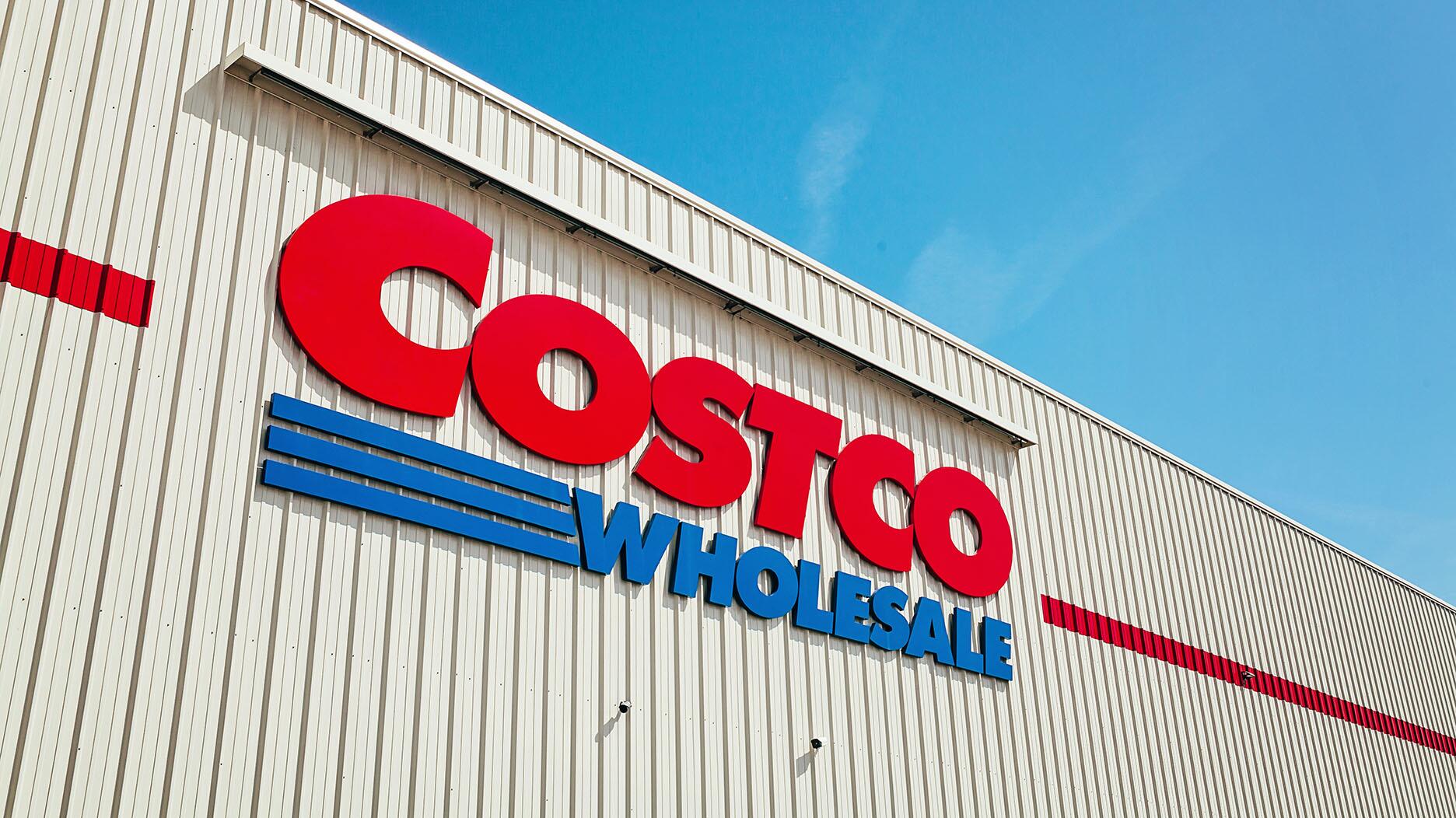The former BHP Billiton leader and Gemfields chairman is remembered for his influential leadership throughout his 50-year mining career.
Paycheck Protection Program Deadline Extended
The Treasury Department and the Small Business Administration also released more information about where the PPP money went.

Washington, D.C.—President Donald Trump signed a temporary extension of the Paycheck Protection Program into law Saturday, pushing back the deadline for small businesses to apply for a loan.
The legislation moved the deadline to Aug. 8 from June 30.
The extension received approval both in the Senate and the House.
The program was first signed into law in March as part of the Coronavirus Aid, Relief, and Economic Security Act (CARES Act), which provided $2 trillion in aid to keep small businesses afloat during the COVID-19 pandemic.
Set up by the Small Business Administration (SBA), the PPP offers forgivable loans to cover payroll for small businesses with 500 or fewer employees.
The program ran through its $350 billion in funds as applications piled up and was replenished with an additional $310 billion.
In June, Congress passed the Paycheck Protection Program Flexibility Act with the goal of addressing the problems that plagued the program’s rocky rollout.
In its opening days, the PPP was fraught with issues for banks and businesses alike and took heat after reports that money was going to big business as mom-and-pop stores struggled.
Hundreds of publicly traded companies received millions in coronavirus aid earmarked for small businesses.
The backlash led recipients Shake Shack and Ruth’s Chris Steak House to return the millions they had received from the program.
Treasury Secretary Steven Mnuchin spoke out against the big businesses receiving funds at a White House briefing, and the SBA followed by issuing guidance to deter that from happening again.
Mnuchin initially said the White House would not disclose the names of program participants, though Democrats continued to push for more transparency.
The Treasury Department and the SBA then said they would release the names of businesses who received PPP loans of $150,000 or more, sharing that partial list Monday.
While loans for more than $150,000 represent around three-fourths of the total loan dollars approved, that segment represents a minority percentage of the total number of loans.
Nearly 87 percent of loans approved were for less than $150,000, as per the SBA. The average loan is for $107,000.
“Today’s release of loan data strikes the appropriate balance of providing the American people with transparency, while protecting sensitive payroll and personal income information of small businesses, sole proprietors, and independent contractors,” Mnuchin said in a statement.
By industry, the largest share of PPP money went to health and social assistance, professional, scientific and technical services, construction and manufacturing.
The retail trade came in
By state, California received the most money with $68.2 billion, for about 4.1 million employees.
Texas is in second place with $41.1 billion and 2.7 million employees, followed by New York at $38.3 billion and 2 million employees.
Small businesses, as defined by the U.S. Census, employ 59.9 million people in the U.S.
Between 72 percent to 96 percent of estimated small business payroll was covered by PPP loans across all 50 states, said the SBA.
Companies in rural areas received 15 percent of the funds while those in areas the SBA described as economically distressed received 23 percent of the money.
“Today’s data shows that small businesses of all types and across all industries benefited from this unprecedented program,” said SBA Administrator Jovita Carranza in a statement.
Carranza pointed to last week’s improved unemployment numbers as evidence that “PPP is working by keeping employees on payroll and sustaining millions of small businesses through this time.”
The SBA said it approved 4.9 million loans, totaling more than $521 billion. There are $131.91 billion in funds remaining.
The Latest

The LVMH-owned brand has partnered with the costume design union to revamp its award for 2026.

The luxury titan inked a deal to acquire an initial minority stake in the jewelry manufacturer with a pathway to full ownership by 2032.

How Jewelers of America’s 20 Under 40 are leading to ensure a brighter future for the jewelry industry.

The company’s curation of unsigned vintage and estate jewelry debuted at the Bloomingdale’s in Costa Mesa, California.


In the recent multi-shipment seizure, CBP also found counterfeit Audemars Piguet, Moncler, and Chrome Hearts items.

Helzberg’s Chief Retail Officer Mitch Maggart shared details about its tests of a new store concept rooted in an elevated luxury experience.

Roseco’s 704-page catalog showcases new lab-grown diamonds, findings, tools & more—available in print or interactive digital editions.

Jewelers of America execs and National Jeweler editors discuss tariffs, the sky-high gold price, and the engagement that broke the internet.

The luxury goods company said founder Ippolita Rostagno will remain at the brand’s helm.

Laura Burdese, who joined the Italian luxury brand in 2022, will take on the role in July.

The National Jeweler editors revisit the most noteworthy industry happenings and design trends from 2025.

Need a gift for the cat lover who has everything? Look no further than our latest Piece of the Week.

It purchased the “Grosse Pièce,” an ultra-complicated Audemars Piguet pocket watch from the ‘20s, for a record-breaking price at Sotheby’s.

The lab-grown diamond grower now offers custom engagement and fashion jewelry through its Kira Custom Lab Jewelry service.

Chandler got his start at Michelson Jewelers and has served as DCA president and CEO since 2001. He will retire at the end of the month.

The boutique is slated to open this week inside Terminal 8, offering pre-owned Rolex watches and more to international travelers.

Sponsored by Digital Monitoring Products

The special-edition egg pendant ingested in a New Zealand jewelry store was recovered after a six-day wait.

Associate Editor Natalie Francisco plays favorites with Piece of the Week, selecting a standout piece of jewelry from each month of 2025.

The “Love and Desire” campaign is inspired by the magic that follows when one’s heart leads the way, said the brand.

Two awardees will receive free tuition for an educational course at the Swiss lab, with flights and lodging included.

Berta de Pablos-Barbier will replace Alexander Lacik at the start of January, two months earlier than expected.

Sotheby’s held its first two jewelry sales at the Breuer building last week, and they totaled nearly $44 million.

Winners will receive free registration and lodging for its fourth annual event in Detroit.

Here are six ideas for making more engaging content for Instagram Reels and TikTok, courtesy of Duvall O’Steen and Jen Cullen Williams.

The honorees include a notable jewelry brand, an industry veteran, and an independent retailer.


























